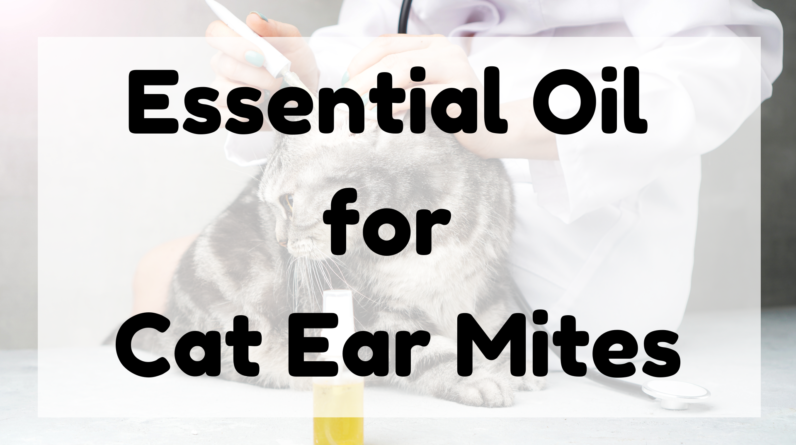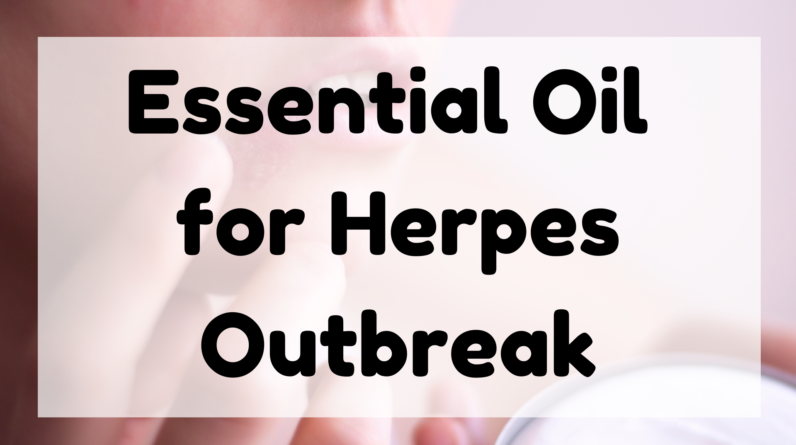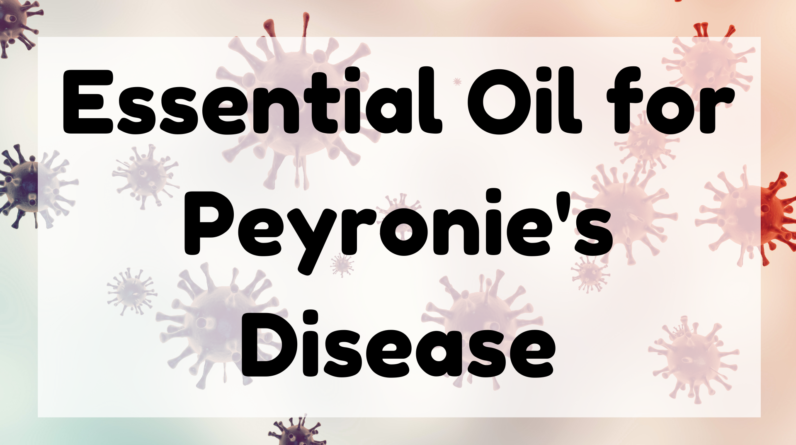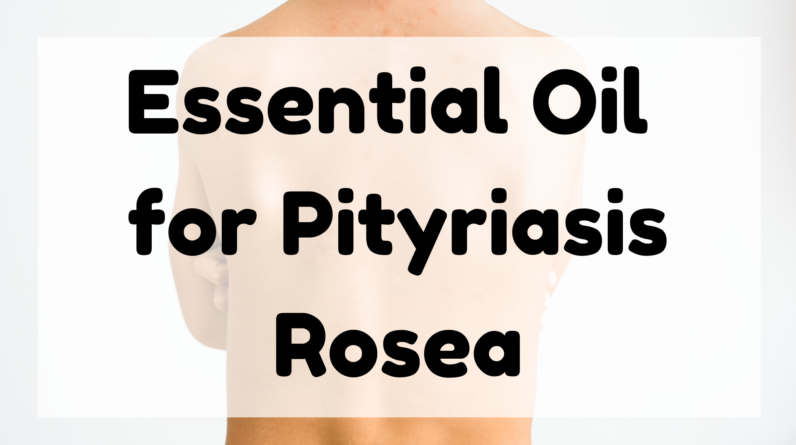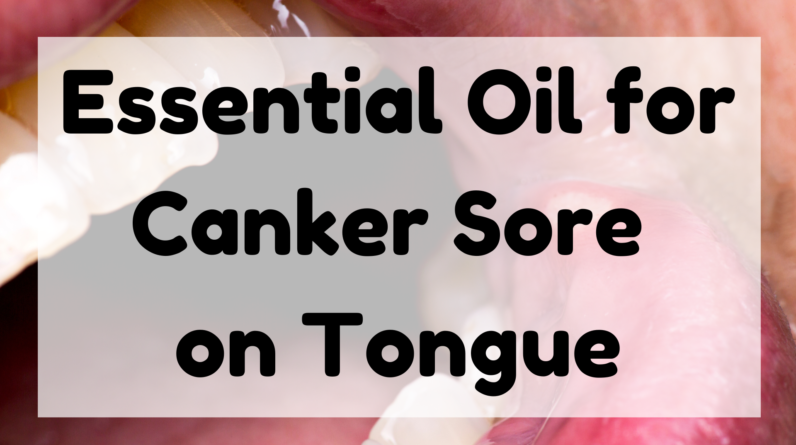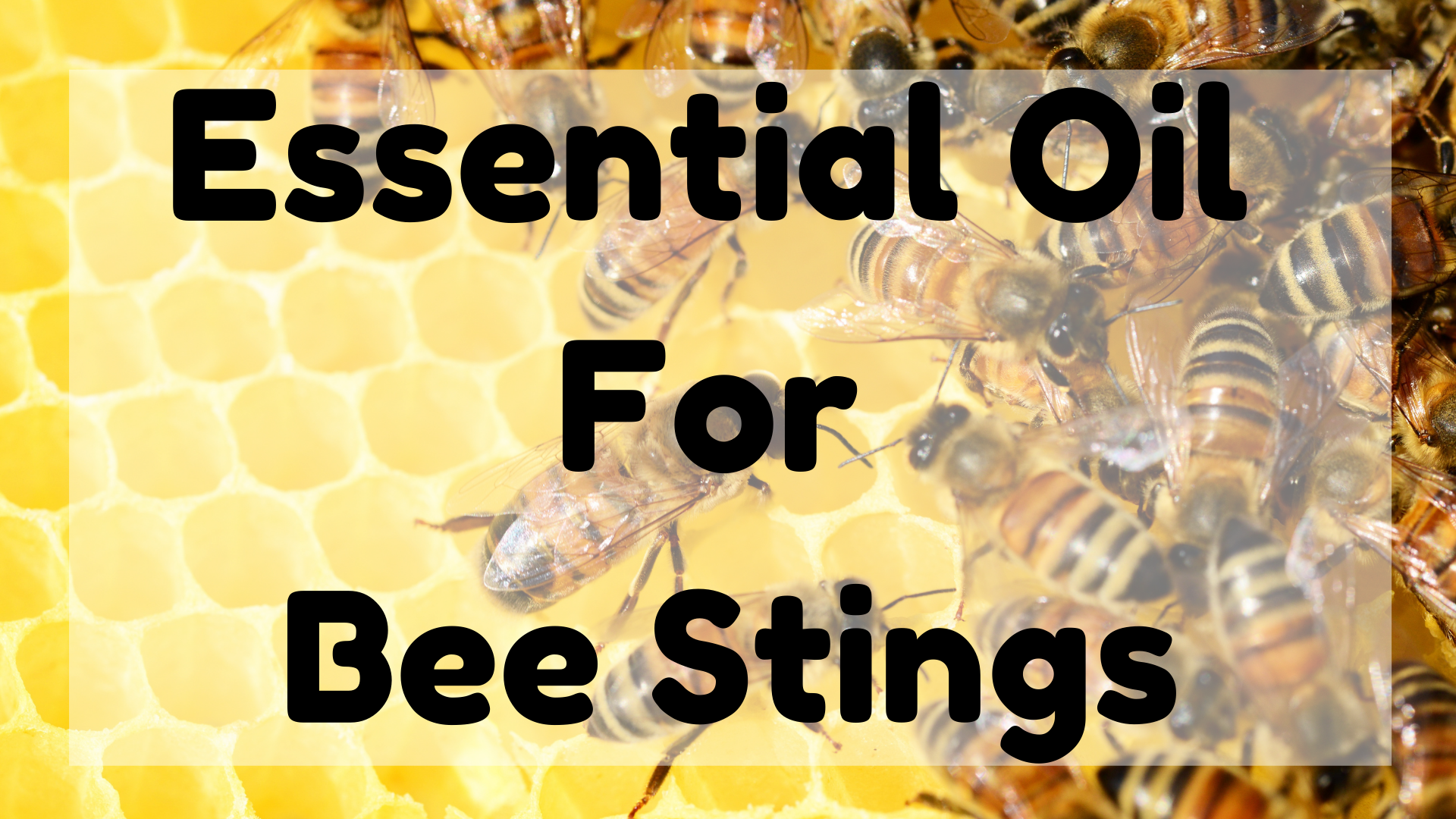
Jump Ahead to:
What is the Best Essential Oil for Bee Stings?
Using essential oil to help relieve your bee sting can be an effective treatment option.
Learn about essential oils and their properties before trying one on your bee sting.
In this article, we will also discuss the types of stings you can expect and what essential oil to use.
Listed below are some essential oils that can be effective against bee stings. Read on to learn more.
Once you know the essential oil you will use, you will be able to choose a solution that works best for your situation.
What are Essential Oils
Aside from the traditional remedies of applying a few drops of lavender or peppermint oil to the affected area, essential oils can also be applied to the area.
Although essential oils are not recommended for every insect sting, they can be highly effective at reducing the itchiness and pain associated with bee stings.
To use them effectively, essential oils should be mixed with carrier oils and applied to the affected area.
You can apply the essential oil directly to the sting to reduce swelling and soothe itching.
You should first dilute the oil with a carrier oil, such as grapeseed oil.
You should apply the mixture to the affected area for 10 days to see the results.
Once the sting subsides, the skin will be soothed and the affected area will feel better.
However, if the sting is accompanied by an allergic reaction, you should seek medical attention immediately.
Thyme essential oil is an excellent natural remedy for bee stings.
It contains anti-inflammatory and anti-histamine properties.
You can also mix it with baking soda to neutralize the venom and provide relief.
Some people think that essential oils can’t be effective for bee stings, but that couldn’t be further from the truth.
There are countless essential oils that can help relieve the pain and discomfort associated with bee stings.
Rosemary oil is another essential oil that is known to be effective for treating the pain and infection of bee stings.
Both rosemary and lavender have anti-inflammatory properties and can help reduce inflammation.
These oils are best diluted with carrier oils, such as olive oil.
You can also apply the essential oil to the affected area.
The recommended dosage for rosemary is one to two drops.
Once the essential oil is applied, it can be massaged into the area.
Tea tree essential oil contains antiseptic and antibacterial properties. It is a good choice for treating insect bites.
Tea tree oil can also speed up the healing process of wounds. However, it is not recommended for ingestion.
However, tea tree oil contains anti-inflammatory properties.
Using this oil on the affected area will help reduce the swelling and inflammation caused by the bee sting.
You can mix it with some carrier oils to make it more effective.
Properties of Essential Oils
Using a few drops of certain essential oils on bee stings can have many benefits.
Some oils are highly effective at soothing swelling and pain, while others can help promote wound healing.
Peppermint and thyme are among these oils.
Both have antibacterial and antiseptic properties and can ease the pain.
Peppermint and spearmint are especially effective for bee stings, as they are known to inhibit bacterial growth.
Most essential oils for bee stings are produced through cold-pressing or steam distillation.
These substances can help relieve pain, inflammation, and the accompanying swelling.
Using essential oils as a treatment for bee stings can help you recover faster, avoid infection, and reduce pain.
If you aren’t comfortable applying oils yourself, you can also apply a baking soda solution to the sting to help reduce inflammation.
Lavender is an essential oil that may help reduce the inflammation of stings.
It is also antibacterial, helps regenerate cells in the affected area, and speeds up healing.
Lavender is often regarded as oil that reduces stress, but it also has soothing effects that can aid wound healing.
However, if you cannot do this for yourself, try using lavender cream instead.
Lavender is another oil that has been used successfully as a topical treatment for bee stings.
It has anti-inflammatory and pain-relieving properties.
Lavender can also reduce the risk of developing an allergic reaction and help the body fight infection.
The properties of essential oils for bee stings are described below.
Make sure to dilute your essential oils before applying them to the affected area.
Cause of Bee Sting Infection
Although the cause of bee sting infections is not clear, the presence of bacteria in the venom is often implicated in this type of infection.
Bees can be attracted to garbage or human waste, which can lead to contamination with pathogenic bacteria.
There is no evidence to support this hypothesis, and further study is needed to determine the precise mechanism of bee sting infection.
The bacteria found on the bee’s abdomen may be the cause of necrotizing fasciitis.
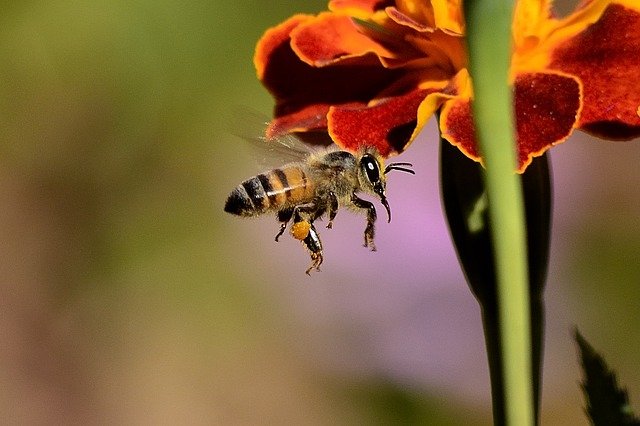
While most cases of bee stings do not require medical attention, serious allergic reactions require urgent medical attention.
A physician should prescribe a nonsteroidal pain medication to alleviate swelling and discomfort.
If the sting becomes infected, a steroid injection may help reduce the risk of a serious reaction.
Antihistamines can be purchased over-the-counter at a pharmacy or prescribed by a doctor.
If the stinger is painful and swollen, icing it may help reduce the swelling.
People with severe allergic reactions may also consider taking an oral corticosteroid to prevent the rash from becoming infected.
Additionally, people with severe allergies to bees may carry an epinephrine autoinjector to help manage their reactions.
A bee sting infection is rare but can be life-threatening, particularly for people with a weakened immune system.
Infected bee stings can resemble the symptoms of an infection, and treatment should be started as soon as possible.
Bee stings may be infected if improperly treated and cared for.
The doctor should also culture the discharge from the sting to determine the cause of the infection.
Most people do not develop severe reactions to bee stings, but it is always a good idea to monitor your symptoms.
If they persist, you should seek medical attention as soon as possible.
If the pain persists, you should use over-the-counter pain relievers.
If you have a mild case, you can treat the infection by avoiding contact with the stinger and with a cold compress or antihistamine.
If the symptoms continue for a few days, they should subside.
Best Essential Oil for Bee Stings
What is the Best Essential Oil for Bee Stings? It can be life-saving.
Its antiseptic and astringent properties can soothe pain and inflammation.
Besides effective against bee stings, essential oils also have other uses, such as soothing the skin.
These oils can be applied directly to the sting or diluted into a carrier oil, such as aloe vera or moisturizer.
Lavender is a soothing oil that is gentle on the skin. Its anti-inflammatory properties help reduce swelling and itching.
Lavender is also an effective essential oil to apply directly to a bee sting.
Lavender is also effective in reducing itching, swelling, and infection. It is also a natural antihistamine.
Combined with lavender, these oils are effective in treating bee stings and protecting the body from toxins.
Tea tree oil is another good option. Tea tree oil is effective for soothing the sting and alleviating pain.
Its antimicrobial properties also help to prevent infection.
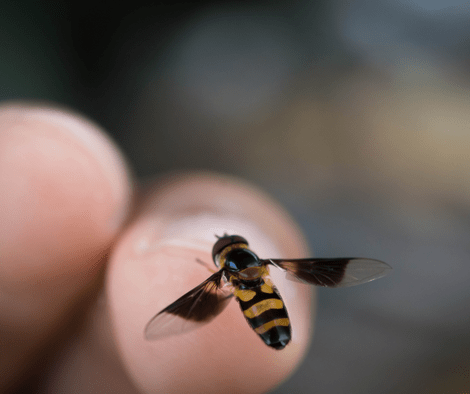
While it is not a cure-all for bee stings, it will help speed up the healing process.
If you are unsure which essential oil is right for your situation, make sure you research each option.
You can find tips on all of the essential oils that you’ll need to use.
Peppermint and thyme are also beneficial.
They both reduce inflammation and itchiness and have antibacterial properties.
In addition, peppermint has anti-inflammatory properties and reduces the pain of bee stings.
Peppermint essential oil is another essential oil for bee stings.
Combined with a few drops of peppermint oil, it has great antibacterial and anti-inflammatory properties.
Citrus, eucalyptus, rosemary, bergamot, and chamomile essential oils can help soothe the pain and swelling caused by a bee sting.
Citrus, lavender, rosemary, thyme, and spearmint oils are all highly effective repellents.
However, they do not work for anaphylactic shock caused by bee stings, which is a severe allergic reaction.
NEXT Essential Oil For Cystic Acne
Legal and Medical Disclaimer
Information provided on the site is for educational purposes only, and does not substitute for professional medical advice.
You MUST consult a medical professional or healthcare provider if seeking medical advice, diagnoses, or treatment.
We do not provide any medical advise.


